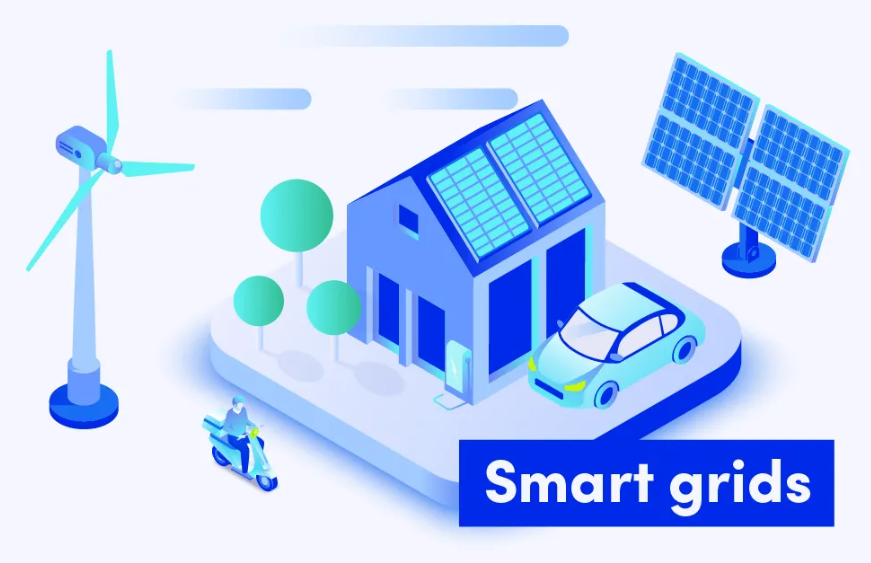Technology
Discovering the Applications of Virtual Reality Beyond Gaming and Entertainment
Virtual Reality (VR) is steadily taking the tech world by storm and has become one of the most talked about topics among tech enthusiasts and commoners. It uses computer-generated environments and simulations to help users explore and interact with a virtual world that appears to be real. VR typically involves the use of a headset or head-mounted display covering the field of vision to provide 3D visuals and audio experience. Other components of VR include motion tracking sensors, controllers, and computer hardware.
Over the years, VR has gained immense popularity in the entertainment and gaming sector due to the presence of higher-resolution displays, 3D graphics and spatial audio, immersive tracking systems, and faster processors that enhance the user experience. However, its applications and trends have expanded far beyond its entertainment and gaming roots over time.
VR is still in the early stages of development, yet it can offer architectural walkthroughs, virtual tours, and training simulations, making it a useful technology for various applications in healthcare and medicine, tourism, marketing and e-commerce, education, architecture, fashion, and real estate.
Virtual Reality in Education:
The demographics of the education sector are rapidly changing with the adoption of digitalization, online and distance learning, and emerging advanced technologies like Virtual Reality. VR offers an immersive educational experience for students to interact with virtual world, scientific concepts, or even historical settings, simplifying their understanding of difficult subjects and complex theories. It helps students and teachers interact with objects that are nearly impossible with traditional learning techniques. In addition, VR can bring teachers and students into virtual classrooms in case of crises like the COVID-19 pandemic or situations like online or distance learning.
Virtual Reality in Healthcare:
Virtual Reality is rapidly transforming the healthcare industry by offering innovative solutions to improve medical technology, patient care, and therapy to a certain extent. VR provides an immersive, realistic environment for professionals and medical students to enhance their surgical skills and learn complex medical techniques without any live objects. VR is also used for remote consultations, pre-operative planning, cognitive rehabilitation, patient education, and data visualization. Though not widely used, VR also assists in the treatment of various mental conditions such as phobias, anxiety disorders, or PTSD where patients confront their fears in a controlled setting and gradually desensitize their triggers.
Virtual Reality in Architecture & Design:
The architecture and design sector has witnessed a drastic transformation in recent years due to expanding diversity and push for better inclusivity, globalization, awareness about sustainability and environmental considerations, high adoption of advanced technologies, and more emphasis on remote work and collaborations. One of the most recent adoptions of modern technology in architecture and design is virtual reality. VR assists designers and architects to create 3D environments and explore more ideas and designs for clients and stakeholders. In addition, it stimulates on-site experiences for architects and designers to visit sites virtually, identify potential issues, and provide suitable solutions.
Virtual Reality in Real Estate:
The real estate industry too has been going through major transformations in terms of social, economic, and technological factors. Virtual reality is steadily taking over the traditional way of house hunting and touring. It allows potential buyers to take virtual tours of the properties comfortably from their homes. VR allows them to visualize and experiment with several interior design and home staging. Moreover, it enables teams to work remotely and make informed decisions about property designs in a virtual, controlled environment.
Apart from these, VR is also used for social interactions, virtual travel experiences, and industrial design and engineering.
Virtual Reality Market Scenario:
The global virtual reality market revenue is expected to expand at a robust CAGR of 27% during the forecast period. This growth can be attributed to factors such as rapid advancements in VR technology, increasing applications of VR across various industries, high adoption of advanced technologies like machine-to-machine communication and the Internet of Things, and rising VR product launches.
Virtual reality is widely used for training purposes in several fields such as aviation, healthcare, emergency response, and military to practice in a safe and controlled environment before encountering real-world conditions. However, the market is expected to experience steady growth due to high cost of VR devices, dearth of skilled professionals, and limited exposure to the latest technology, especially in developing countries due to lack of exposure and poor internet services.
To cater to these issues manufacturers in the market and technology companies are making efforts to launch advanced VR products at pocket-friendly prices and promote VR technologies and its benefits to the public and other industries. In addition, they are also fostering healthy competition in the VR market to drive innovation and imply constant improvement in VR technology, content quality, and user experiences.




